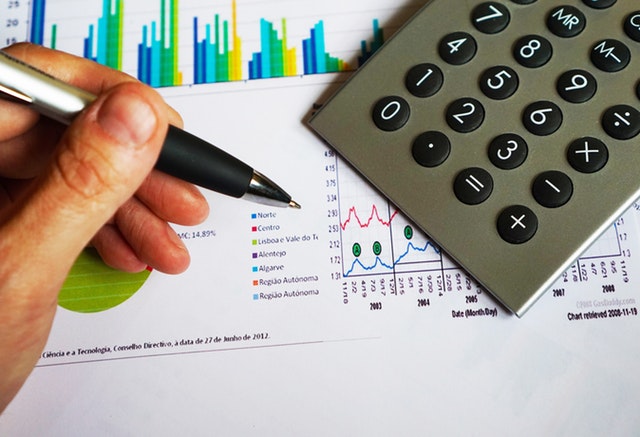Hotel Revenue Forecasting: Best Practices From the Industry
 PriceBeam
·
2 minute read
PriceBeam
·
2 minute read

The general consensus among researchers is that a 10% improvement in revenue forecasting accuracy leads to 0.5-3% increase in revenue for hotels. If you’re reading this article to get a clear recommendation as to which model will provide the highest accuracy, I’m sorry to disappoint you: as the saying goes, ‘no reasonable forecaster can identify the best forecasting method’.
But we’ll look at the pros and cons of some of the most prominently used methods, based on what has worked in real life for some of the major hotel chains out there. But before we leap into it, remember that you should take individual circumstances into consideration when deciding on a method; what works for Marriott may not work for you.
Constrained vs Unconstrained Demand
One of the first issues that is debated when it comes to revenue forecasting in the hotel industry, is whether there is a place for unconstrained demand forecasting. It is a mystery why this is still debated, however, as it has been manifested again and again that factoring in unconstrained demand analyses to revenue forecasting models will significantly improve accuracy.
Of course, estimating how many people would’ve booked a room if they could’ve is not always easy. Simply monitoring sales channels and counting the number of people that are turned away is both impractical and inaccurate.
While researchers have suggested several methods for unconstraining demand, the highest performing ones in terms of accuracy are expectation maximization and projection detruncation.
Optimal Number of Periods
There is always a trade-off here. On the one hand, you want to use a long period to get a sufficient number of data points and make sure that seasonality is taken into account, while on the other hand, using too many data points can create rigid, unresponsive forecasting model. This is still debated, and there is no real consensus in the scientific community, and should therefore be assessed on a case-by-case basis.
Which Data?
The real question is basically whether to only include stays that have been completed. Some forecasters argue that those stays that will occur in the future with certainty (e.g. a booking 14 days from now), however, there is no proof that this improves accuracy, but none suggesting that it deteriorates the accuracy either.
Forecasting Methods: And the Winner Is…
In a study by Cornell School of Hotel Administration, 7 different revenue forecasting methods were tested for Choice Hotels and Marriott. They looked at exponential smoothing, linear regression, Holt’s method, pickup methods, moving average, multiplicative methods, and log linear methods.
The highest performing model was exponential smoothing, which had the lowest mean absolute error (MAE) in 33.3% of the cases. The runner-up was pickup methods, which produced the lowest MAE in 25.1% of the cases.
While results for weren’t impressive for Holt’s method, moving average, and linear regression, these models produced valid results, too. Linear regression, one of the simpler methods, produced the lowest MAE in 10.9% of the cases.
When deciding which method to use, it is important to consider the trade-off between simplicity/dynamism and predictive ability. Interestingly enough, the researchers from this study did not conclude that exponential smoothing was superior to the rest of the methods; rather, the recommendation was that some combination of the 5 valid methods was desirable.
.png?width=400&height=100&name=PBLogoTransparent%20(1).png)




